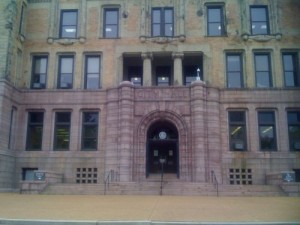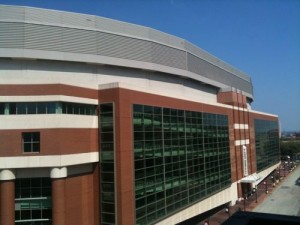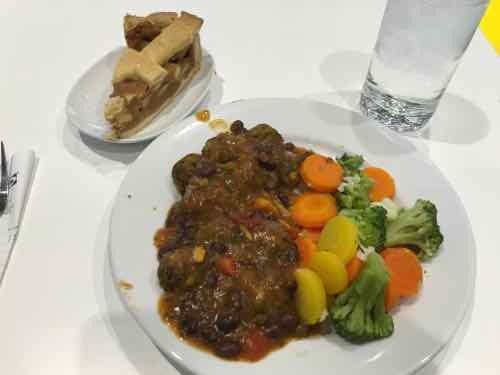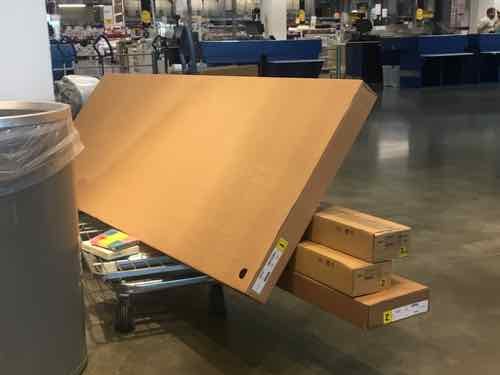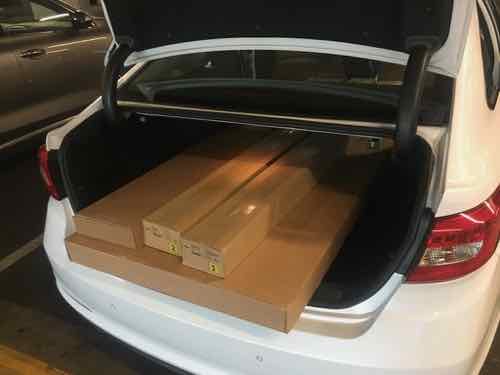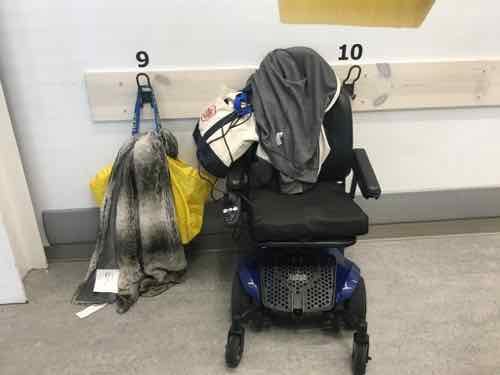New Book — A Manifesto for Social Progress: Ideas for a Better Society by Marc Fleurbaey
|
|
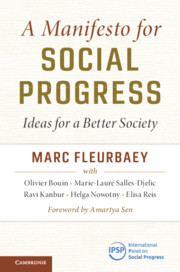 I have one last book on my desk to post about as 2018 is coming to an end: A Manifesto for Social Progress: Ideas for a Better Society by Marc Fleurbaey:
I have one last book on my desk to post about as 2018 is coming to an end: A Manifesto for Social Progress: Ideas for a Better Society by Marc Fleurbaey:
At this time when many have lost hope amidst conflicts, terrorism, environmental destruction, economic inequality and the breakdown of democracy, this beautifully written book outlines how to rethink and reform our key institutions – markets, corporations, welfare policies, democratic processes and transnational governance – to create better societies based on core principles of human dignity, sustainability, and justice. This new vision is based on the findings of over 300 social scientists involved in the collaborative, interdisciplinary International Panel on Social Progress. Relying on state-of-the-art scholarship, these social scientists reviewed the desirability and possibility of all relevant forms of long-term social change, explored current challenges, and synthesized their knowledge on the principles, possibilities, and methods for improving the main institutions of modern societies. Their common finding is that a better society is indeed possible, its contours can be broadly described, and all we need is to gather forces toward realizing this vision. (Cambridge University Press)
This is an academic book, not a quick read or a pretty coffee table book. However, serious topics often require academics to offer solutions to societies big problems.
The following is a list of the 8 chapters from the two sections:
Part I: Sources of Worry, Reasons for Hope:
1. Global Successes and Looming Catastrophes
2. Globalization and Technology: Choices and Contingencies
3. The Expanding Circle of Respect and Dignity
4. The Big Challenge
Part II: Acting for Social Progress
5. In Search of a New “Third Way”
6. Reforming Capitalism
7. From the Welfare State to the Emancipating State
8. From Polaritics to Politics
Chapter 6, Reforming Capitalism, is a favorite topic of mine. I began scanning this chapter last night, but was too tired to absorb much. Will need to try again when I’m more alert.
— Steve Patterson

